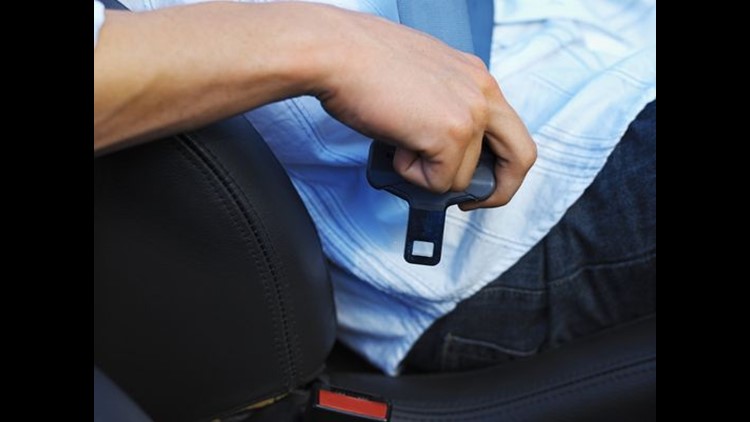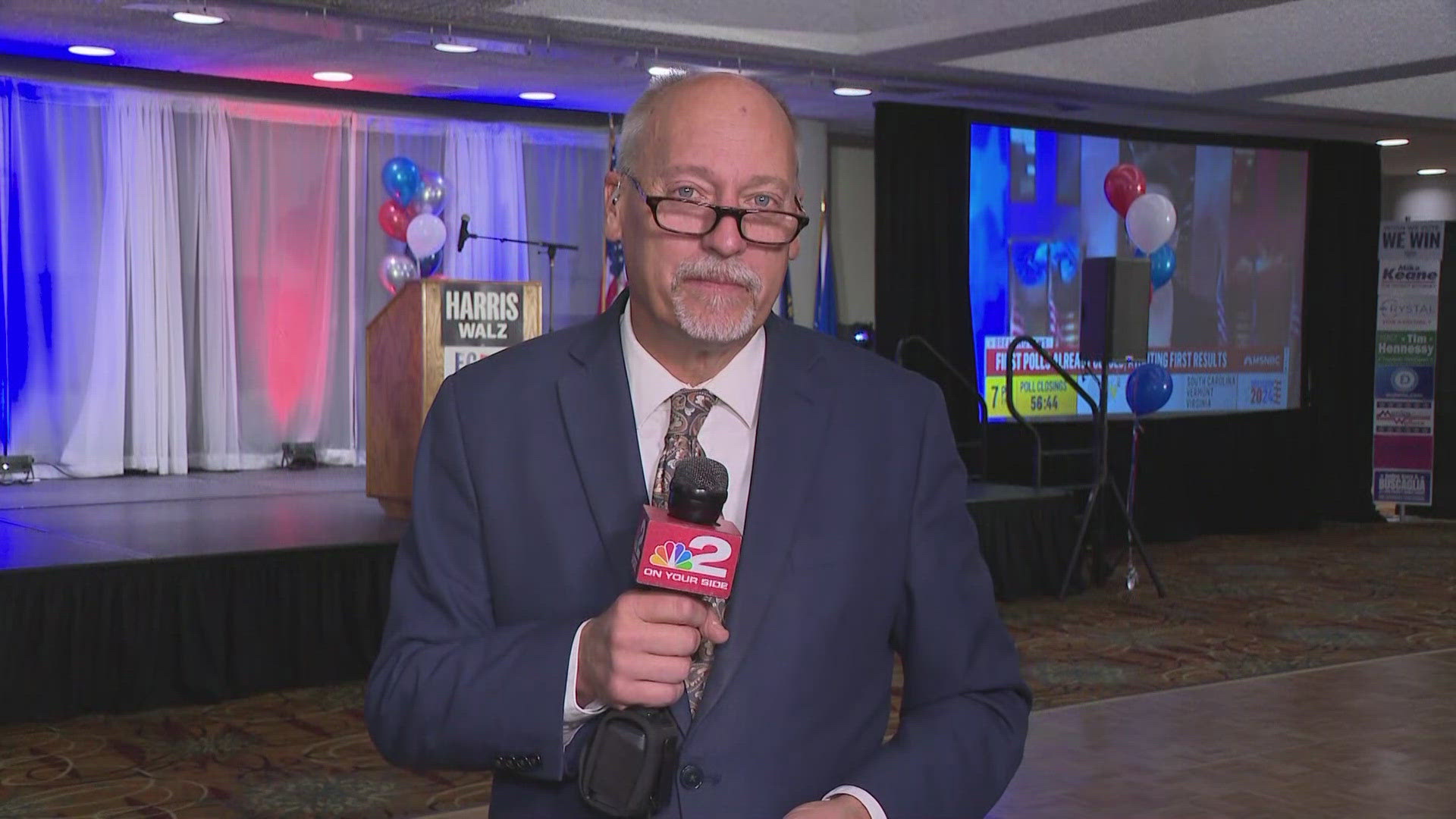While warnings have been issued for years about the dangers of going unbelted in the back seats of cars, those rear passengers can become human missiles in a crash and injure those in the front seats, a new study finds.
When a car crashes with a passenger in the back seat who isn't using a seat belt, the unbelted rear-seat passenger can slam into the driver's seat, pushing the driver into the airbag and steering wheel with a 35 mile per hour impact, says the Insurance Institute for Highway Safety.
The issue takes on special importance given the popularity of ride-hailing services like Uber and Lyft, plus taxicabs, where customers are more likely to go unbelted than in their own vehicles, says Jessica Jermakian, an IIHS senior researcher who co-authored the study. In 2015, the most recent year for which data is available, 1,018 unrestrained rear-seat occupants died in auto accidents.
Awareness increased about rear-seat restraints after the deaths of Princess Diana in 1997 and CBS newsman Bob Simon in 2015.
“That crash brought a lot of attention to the issue, but people still think they are safer in the backseat and they don’t need to buckle up,” Jermakian says. “But the laws of physics aren’t suspended just because you’ve moved to the backseat. You still need to buckle up to get the best protection in a crash.”
An IIHS survey conducted last year found only 72% of the 1,172 respondents said they always use a belt in the back seat, compared to 91% who said they always use one when seated in front. Those aged 35- to 54 were the least likely group to report buckling up in the back seat. Only 66% of this group reported ‘always’ bucking up in the back seat compared to 73% of adults 18 to 34.
Many back-seat passengers operate under a false assumption that the backseat is safer than the front.
The report also showed that people are least likely to belt up in the back when they are taking a short-distance ride in a hailed car — like an Uber or taxi. Four out of 5 adults surveyed say short trips or traveling by taxi or ride-hailing service are times they don’t bother to use a belt.
“When we asked people why they are less likely to buckle up in the backseat of an Uber or a taxi, many people said they don’t know… or they were just going a short distance so it was unnecessary,” Jermakian said.
The Governors Highway Safety Association, in its own report last year, found that rear seat passengers are three times more likely to die in a crash if unbelted.
"That statistic doesn’t change just because you’re in a rideshare or a taxi," Jonathan Adkins, executive director of GHSA, said. "We need rear-seat passengers to understand that seat belts are critical for them, too."
Adkins says the key to solving the problem on all fronts is "a combination of strong rear-seat laws coupled with widespread education campaigns."
In the IIHS survey, four of 10 surveyed said they sometimes don’t buckle up in the rear seat because there is no law requiring it, But If there were such a law, six of 10 said they would.
All states and the District of Columbia except New Hampshire require adults in the front seat to use belts, IIHS says. But rear-seat passengers are covered by laws in only 29 states.



